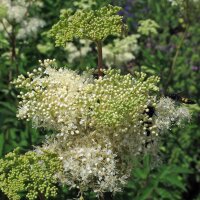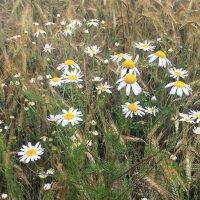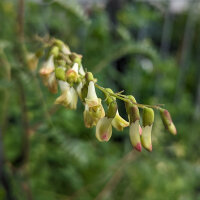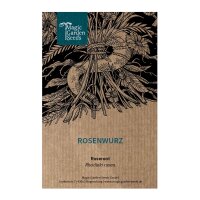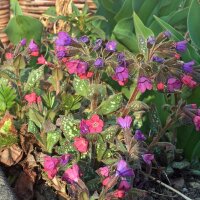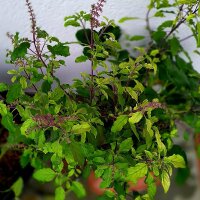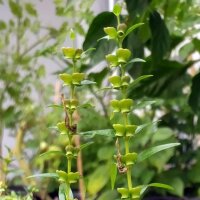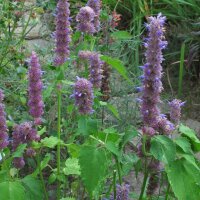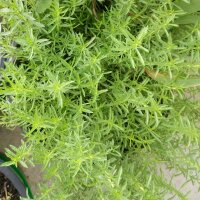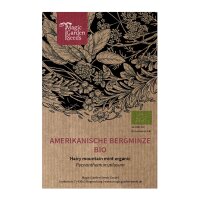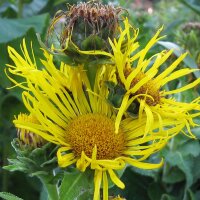Medicinal Plant with a Long History and Botanical Appeal
The Baikal skullcap (Scutellaria baicalensis), also known as Chinese skullcap, is a traditional medicinal herb from Traditional Chinese Medicine (TCM), where it is known as Huang Qin. The primary part used is the dried rhizome, typically prepared as a water-based extract. In TCM, it is considered a versatile remedy, especially for fever, respiratory conditions such as bronchitis and coughs, along with a wide range of other ailments.
Beyond its medicinal significance, Scutellaria baicalensis is a wonderful and hardy ornamental plant suited to sunny, dry locations. It originates from the steppes and open oak woodlands of Siberia, Mongolia, North Korea, and northern China—regions characterised by harsh winters and poor soils. As such, it proves to be a particularly cold-hardy and undemanding perennial in UK gardens as well.
The plants reach a height of around 30?cm and produce an abundance of deep blue to violet-blue, two-lipped flowers from July through to late September. These blooms are not only highly attractive but also serve as a valuable nectar source for wild bees, bumblebees, and other beneficial insects. With its compact growth habit and long flowering season, Baikal skullcap is also an excellent choice for rock gardens, naturalistic borders, and herb plantings.

